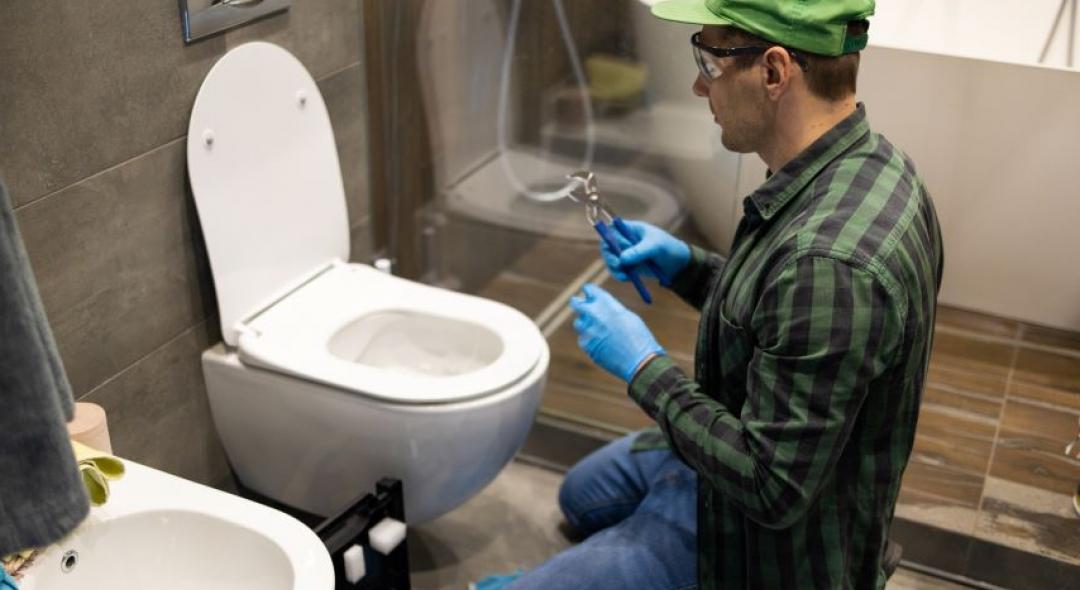
Backflow testing plays a crucial role in maintaining the safety and integrity of our water supply systems. It ensures that contaminated water does not flow back into our clean water lines, protecting both public health and the environment.
In this article, you will dive into the details of backflow testing. When you finish reading it, you will know what it is, why it is needed, how it works, and how often it should happen. Don’t miss any information!
What Is Backflow Testing?
Backflow testing is a methodical examination of the plumbing system of your property to determine if there is a risk of backflow, which means the undesirable reversal of water flow from its intended direction.
This reversal can occur due to changes in water pressure or a sudden pressure drop caused by events such as a water main break or firefighting activities.
Is Backflow Testing Required?
Yes, backflow device testing is required in many jurisdictions and is an essential aspect of maintaining a safe water system. Local regulations typically require backflow testing, especially for commercial properties, including businesses and multi-unit residential buildings.
These regulations ensure that backflow prevention devices are regularly inspected and properly maintained to prevent contamination incidents.
Why Is Backflow Testing Required?
Backflow testing is required to safeguard our drinking water supply from potential contamination. When backflow occurs, non-potable water, which may contain chemicals, bacteria, or other contaminants, can infiltrate the clean water lines.
This can mean serious health risks to people who consume contaminated water. Backflow inspection ensures that proper prevention devices are in place and functioning correctly, reducing the risk of contamination.
That is why it should be among the home safety concerns of every homeowner.
How Is A Backflow Test Performed?
The basic steps of backflow testing are simple. Take a look!
- A certified backflow tester conducts the test – remember that plumbers are the kind of pros you need for a well-maintained home.
- The tester examines the plumbing system of your home.
- Potential backflow points, such as irrigation systems or fire sprinkler systems, are identified.
- The identified points are tested to measure their ability to prevent backflow.
- The tester evaluates the effectiveness of backflow prevention devices.
- Proper installation of the devices is verified.
- Compliance with local regulations and standards is ensured.
Make sure all of these steps are taken when you hire someone to do the job!
How Long Does A Backflow Test Take?
Generally, a backflow test can take anywhere from 30 minutes to a couple of hours. The duration varies depending on the complexity of the plumbing system and the number of backflow prevention devices that need to be tested.
The tester inspects each device, performs necessary adjustments, and conducts pressure tests to validate their functionality accurately. So the average stays between 30 minutes and 2 hours. Make sure to prevent common plumbing mistakes by calling a professional as soon as you identify problems!
How Often Is Backflow Testing Required?
The frequency of backflow testing depends on local regulations and guidelines. Typically, backflow testing is required on an annual basis. However, it is essential to consult with local authorities or a licensed professional to understand the specific rules of your area.
Backflow testing is a vital process that makes sure your water supply is pure and protects the health of your family and the general public. Regular backflow testing performed by our certified plumbing contractors keeps the functionality of backflow prevention devices and avoids more serious issues. Call them now!
